Starknet targets increased throughput, lower fees with parallel transactions in 2024
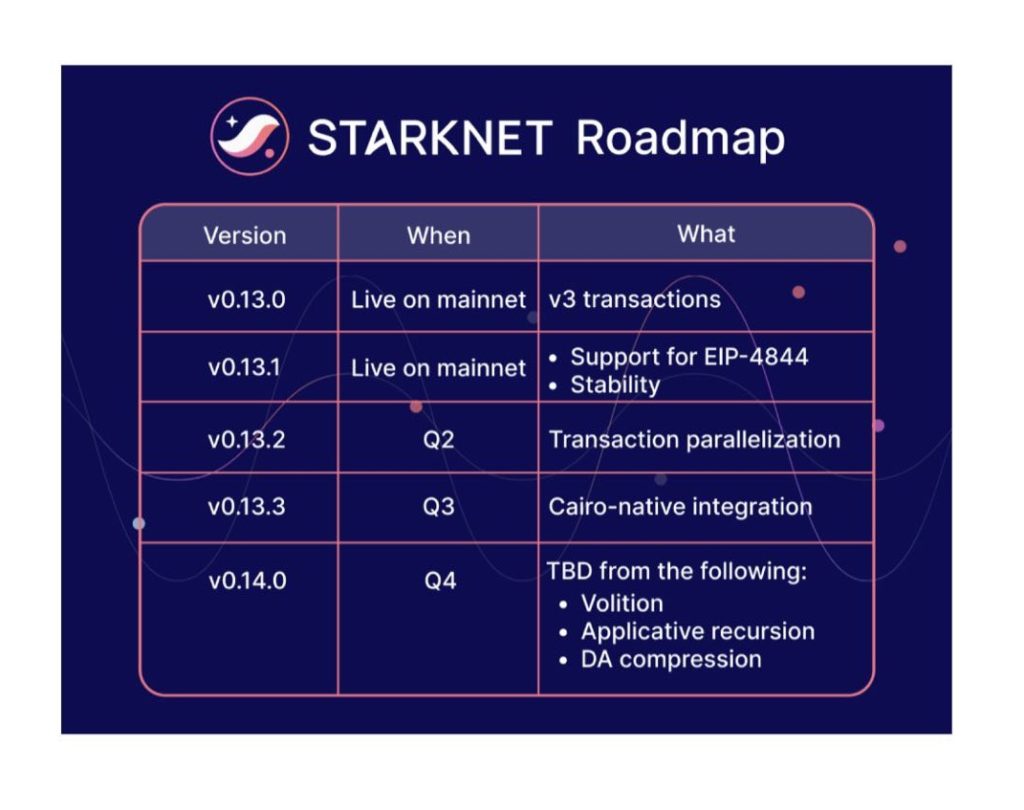
Ethereum scaling protocol Starknet expects to increase its throughput and further fee reductions through the introduction of transaction parallelization in 2024.

Ethereum scaling protocol Starknet anticipates increased throughput and reduced fees on its layer-2 rollup network by introducing parallel transaction functionality in 2024.
The layer-2 rollup released an updated roadmap on March 20 following the successful implementation of Ethereum’s Dencun hard fork. The upgrade to the network introduced several Ethereum Improvement Proposals (EIPs), chief among them being EIP-4844.
EIP-4844 introduced a new way for rollups to add cheaper data to blocks by introducing blob space as a replacement for using call data for storage.
Using call data to store cryptographic proofs of off-chain bundled transactions has been historically expensive because all Ethereum nodes must process the data that lives on-chain indefinitely.
Related: Ethereum ecosystem needs a major mindset shift for global impact, says Vitalik Buterin
Starknet and other significant Ethereum rollups looked to expedite their ability to direct proofs to the blob space following Dencun’s implementation. The network was one of the first to enable the blob function on the same day as the hard fork and reports of a major drop in users’ fees followed hours later.

Starknet’s EIP-4844 compatibility resulted in transactions on the protocol averaging $0.017 in fees per transaction. The team had previously expanded the block size of its rollup protocol and reduced fees by an estimated 25% with the release of Starknet v0.13.0 in early 2024.
Related: Who is going to build the infrastructure to unite Ethereum rollups?
Starknet’s next version update earmarked for Q2 is set to include transaction parallelization, which will enable the network to execute concurrent independent transactions.
The update will allow Starknet to process more transactions simultaneously, which is expected to result in improved throughput and faster finality on its network.

Starknet is also planning to further reduce fees on its network with version 0.14.0 expected to ship at the end of 2024, depending on the long-term impact of EIP-4844 and performance improvements of its own protocol.
The end-of-year update is set to include three data availability-focused upgrades within its stack. Volition is touted to facilitate hybrid data availability on Starknet, allowing decentralized applications (DApps) to store data on Starknet instead of Ethereum’s base layer.
Application recursion is expected to allow developers to batch proofs of data storage from multiple Starknet blocks onto Ethereum. This upgrade is touted to reduce L1 costs and feed reductions for end-users.
Data availability compression is also being developed, which will reduce Starknet’s data footprint on Ethereum. Starknet is exploring two different recursion methods to enable this functionality.
Magazine: ZK-rollups are ‘the endgame’ for scaling blockchains: Polygon Miden founder

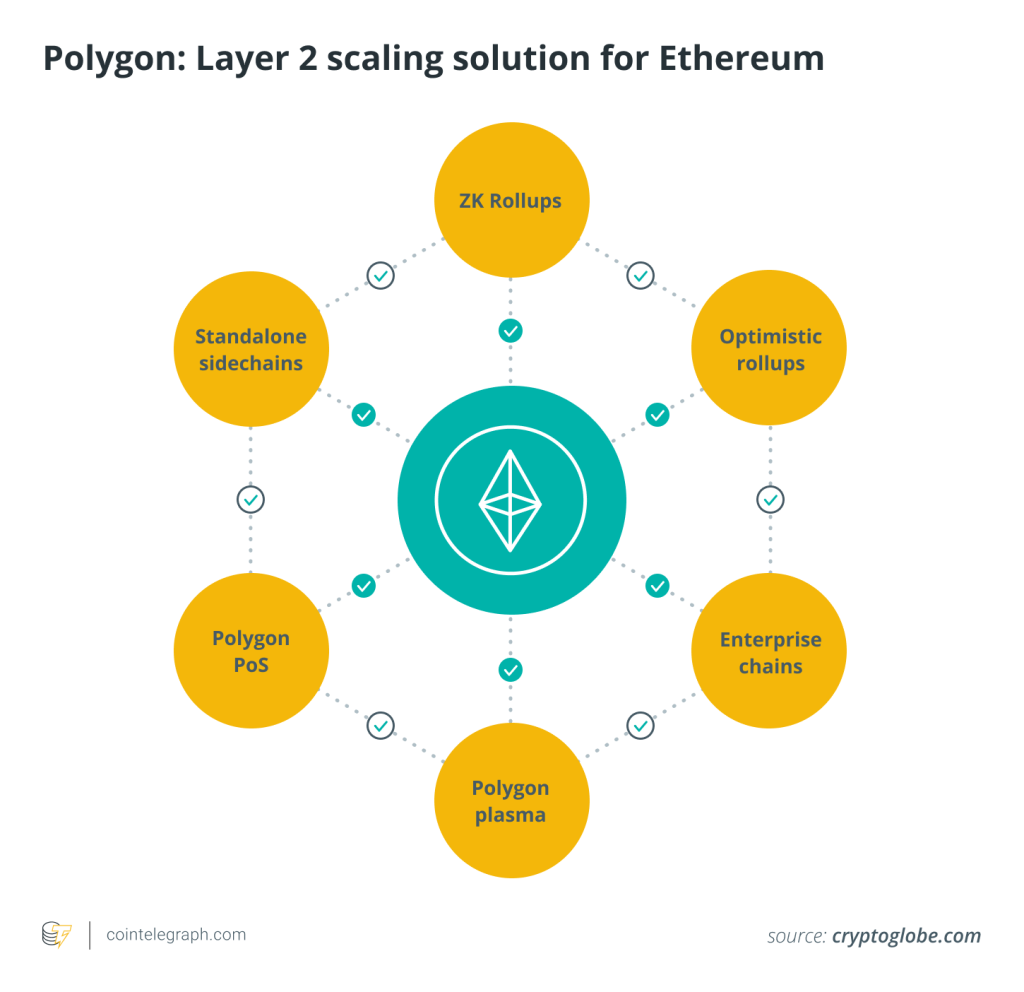
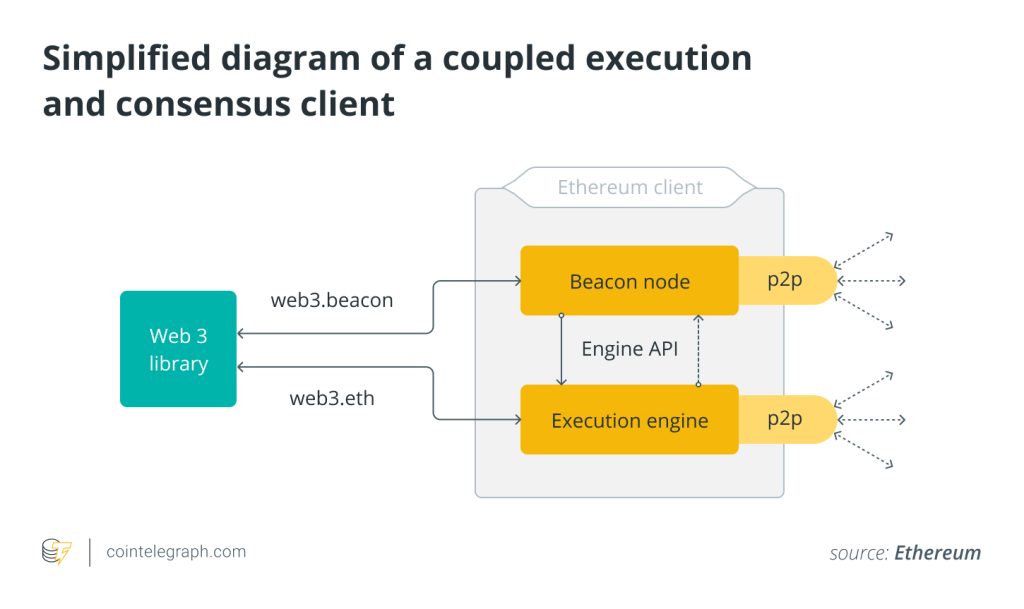
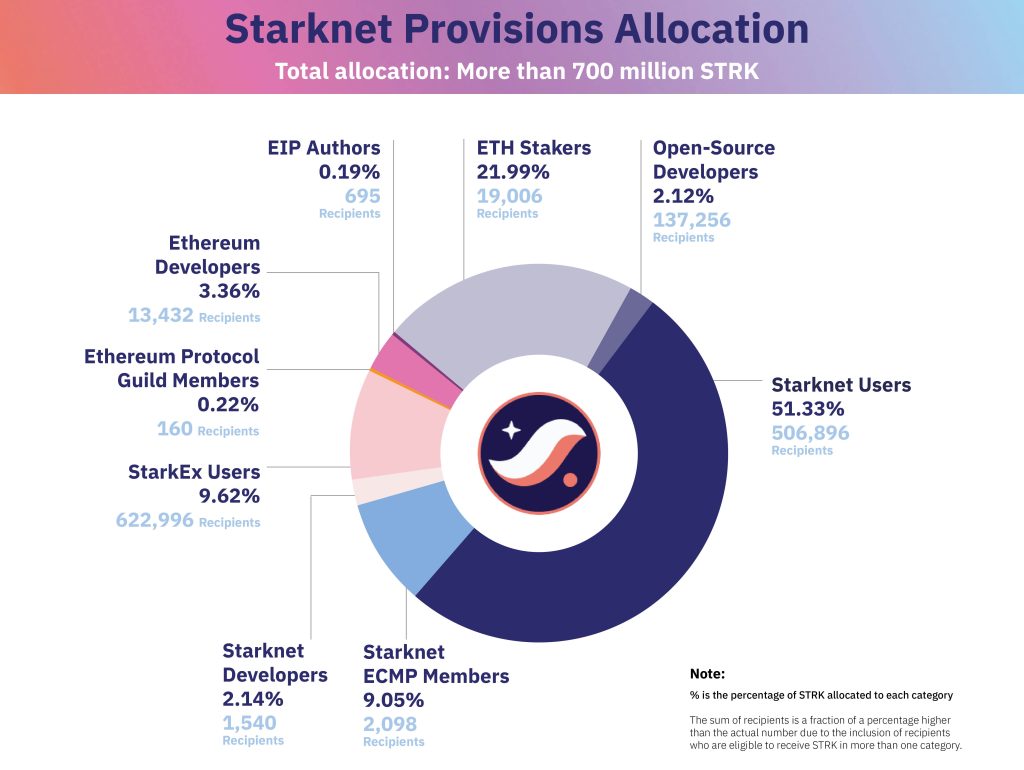
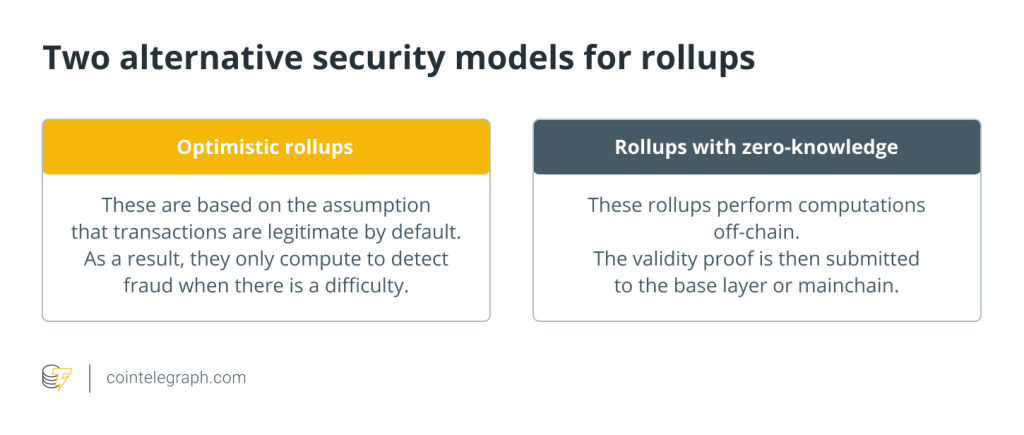
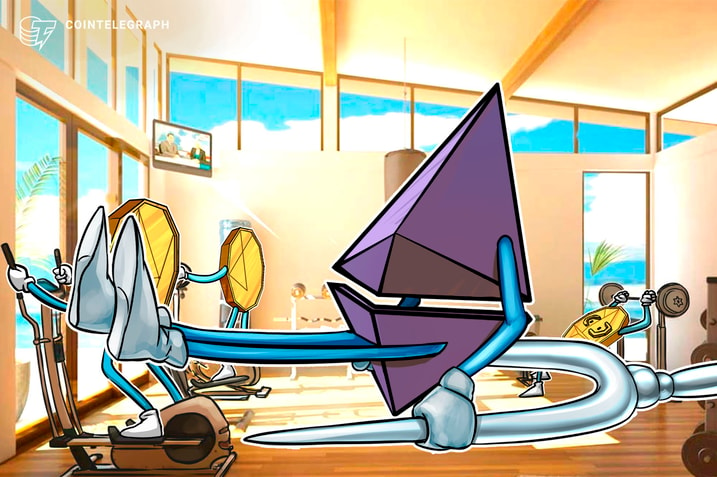
Responses